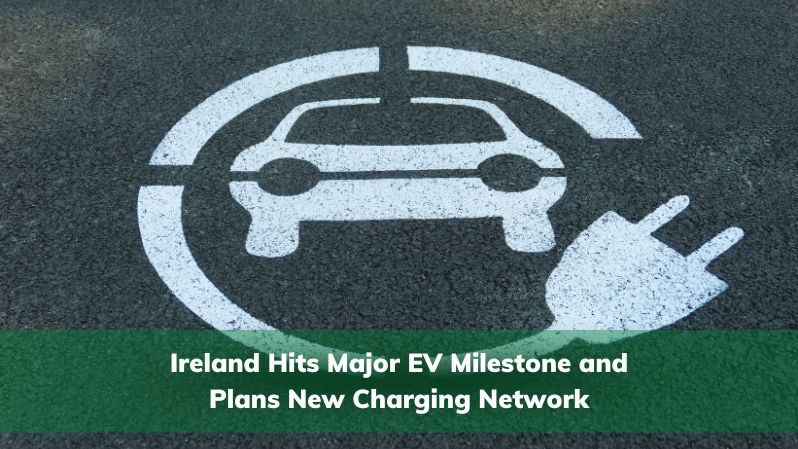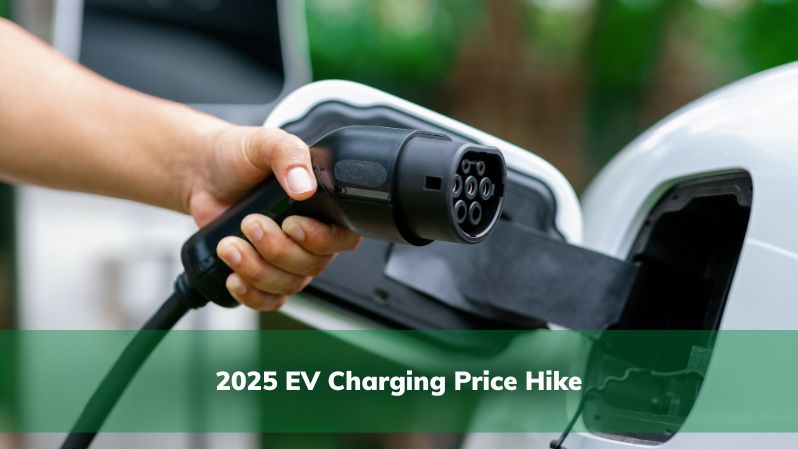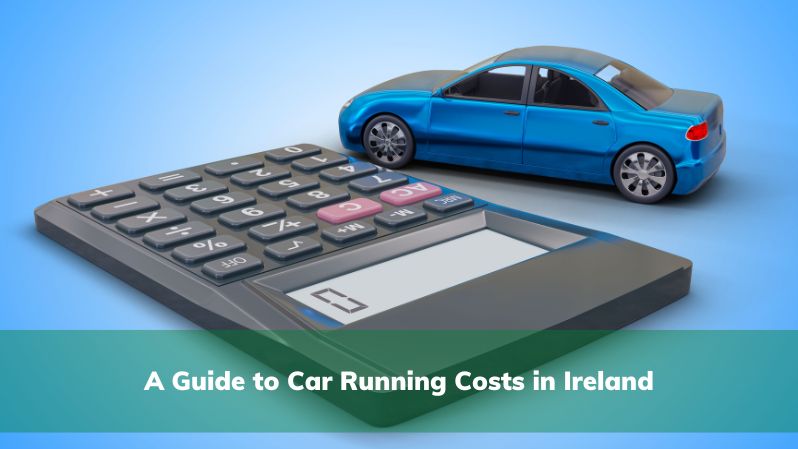Encountering wildlife is a natural occurrence when driving on Irish roads. It typically is a more common risk on country roads but it’s also a prevalent issue on city roads and motorways too. Coming across wild animals can be frightening as a road user because while you don’t want to cause them harm, you don’t want your actions to avoid them harming other road users either.
When it gets dark, animals find their way from fields and woodland areas to motorways and city roads. This puts them in the path of drivers. There are a number of steps you can take to avoid them, so we’ll talk through that first. Then, we’ll address the go-to guide if you have accidentally hit one.
So how do you avoid animals on the road?
1. Slow down.
One of the easiest and most effective ways of avoiding a collision with an animal on the road is to reduce your speed. If you observe the recommended speed limit and you are strict about maintaining the appropriate breaking distance, then you’re putting yourself in a good position. If you think that you’re approaching a road where animals are very likely to be present, then reducing speed even a little bit further is best practice.
The best way to note that there’s likely to be animals in the vicinity is to observe wildlife crossing signs. These signs are usually placed in areas where animals are regularly present.
2. Use your horn.
If you find yourself slowly approaching an animal that is at a standstill on the road, don’t be afraid to use your horn. As the distance between you and the animal in sight reduces, so too should your speed. Then a little honk of your horn should disturb the animal in a quick manner and send them on their way.
3. Don’t tailgate.
Tailgating is undoubtedly one of the most dangerous habits a driver can pick up. Drivers are at the highest risk of rear-ending a vehicle when they are following less than 2 seconds behind a car. Thus, tailgating poses a massive risk if an animal suddenly appears in front of your car.
You need to have adequate time to not only brake for the animal but to warn the car behind you that you are about to brake. So please ensure you keep your distance from other drivers when you’re on the road.
4. Be aware that some animals travel in herds.
A number of animals tend to travel in groups or a herd. As a driver, it’s important to be mindful of this. If you meet a deer on the road at night be cautious of other deer that might follow suit. If your guard is up and you are aware, you’re less likely to have a collision with an animal.
Sometimes, however, all our best efforts fail, and an animal gets struck. Here’s what you should do if that happens.
What to do if you have had a collision with an animal:
- Don’t swerve.
If an animal suddenly appears directly in front of you while you are driving, your first reaction might be to suddenly swerve in order to avoid it. However, this is not a manoeuvre recommended by the RSA. Swerving can cause you to lose control of your car and veer off the road. This could result in a bigger accident and more injuries to yourself or other road users.
- Stop the car.
If you’re involved in a collision with an animal, stop the car at the next safe location. If you have hit a large animal like a horse, cow or deer, it’s essential that you ring the Gardai, so they can call the relevant wildlife service. Or if the animal, unfortunately, died on impact, the gardai can arrange the required services to remove it from the road.
A large animal like a deer that’s left on the road in the dark could result in an additional accident by another oncoming driver if you don’t ring the authorities. So, it’s best to make the call immediately, if you are fit to do so.
Naturally, if you have induced any injuries during the accident, calling the Gardai and making them aware is the safest option as they can also ring an ambulance and send it to your location.
- Check the animal.
If you don’t appear to be injured yourself after the collision, you might be contemplating checking on the animal. Before you step out of your car, it’s very important to assess your own level of shock such as monitoring your heart rate and breathing.
If safe to do so, ensure that your hazard lights are on and approach the animal at a safe distance. Remember, that the animal is also frightened, and it might react aggressively.
If you can cover the animal with a blanket from a distance, it will help reduce the animal’s stress. But the safest thing to do is not to huddle over the animal as it will increase the animal’s anxiety and increase the danger for you.
After assessing the animal from a distance, you can return to your car and update the Gardai or the ISPCA on its condition.
- Wait for authorities.
After hitting a large animal, assessing its injury and covering it, the best thing to do is simply wait in your car until authorities arrive. Once the police have arrived and assessed the incident, chances are they will send you on your way or arrange for the relevant help to get you on your way.
- Call your insurance broker.
If your car has suffered damage after hitting a large vehicle on the road, don’t forget to call your insurance broker. It’s a good idea to reach out to your broker as soon as possible after you have suffered an accident, so you can explain the damage that you have incurred.
Don’t forget to take pictures of the damage to your vehicle and write down a record of the incident shortly after the accident either as they can help you with your claim moving forward.
Coming into winter, there are dark evenings on the way. With bad weather in tow too, visibility on Irish roads can be reduced, it’s important to ensure that you are paying attention to animal crossing signs, braking distances and your speed. Collisions with animals can be severe and cause serious harm. Be as vigilant as possible on the roads this winter!
If you’re on the hunt for effective car insurance why not contact insuremycars.ie. We can help source the best cover at the best price for you.







